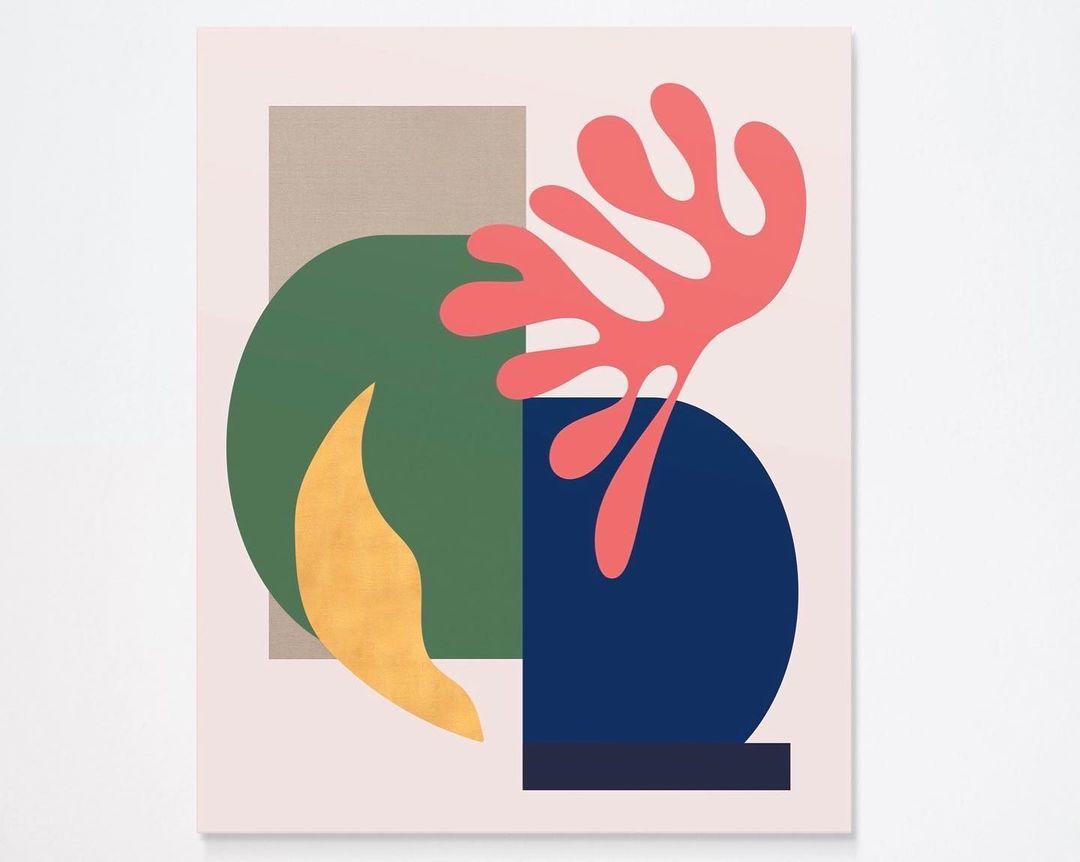Artist Sinta Tantra is known for her colourful large scale public artworks and geometric paintings. Living and working in between her two studios in London and Bali, Tantra’s artwork occupies multiple dimensions and scales. Her canvas shifts comfortably from a bridge slicing through the urban skyline to a stretched linen frame produced within the intimate setting of her studio – each artwork is an abstract blueprint for her utopian aspirations. We were delighted to speak to Sinta who let us in on her incredible practice, inspiration behind her work and what to look out for from her in 2022.
ARTIST
SINTA TANTRA
Hi Sinta, thanks so much for speaking to us. Firstly, I'd love to start by talking about the early days of your artistic career. Was there any illuminating moment that made you want to be an artist?
Hi Ronan! Thanks for asking me to take part in the interview. I don't think I particularly had an illuminating moment; rather, it was a series of 'pat on the backs' I gave myself. I never thought I'd be an artist; I always thought I'd be more of a behind-the-scenes person like a producer or curator. Building self-confidence was, and still is, a lifelong challenge.
You're internationally renowned for your public artwork, where you explore the intersections of art, design, and architecture. How do you think our perception of art can change when it is presented in an urban environment?
At art school, I was inspired by Bauhaus ideals, art embedded into the everyday. How can painting overlap with architecture? I like how the shift in scale allows the viewer to become immersed in colour, form, and composition and become part of the painting itself as well as the fabric and energy of the city.

I believe your first commission, 'Isokon Dreams' which, is located right around the corner from our Head Office in Camden. Could you tell us what this experience was like getting your first commission?
I remember being both excited and petrified at the sheer scale of it. It was the first time I had used computer programmes such as sketch up and adobe to create and scale up a design. This experience taught me to have courage and embrace new technologies and learning. It was also my first time painting a mural in a very public setting with passersby commenting on whether they loved it or hated it!

Also, on that note, how do you approach commission work? Do you have a framework you apply to all, or is it very much a case-by-case basis?
The first step is understanding the architectural space and how bodies navigate in and out. In my studio, I create physical models and three-dimensional renders; collect photos, paint samples, and material swatches. I print my designs on paper and then insert them into my architectural model. There's a bit of to-ing and fro-ing between the digital and physical, a process which I enjoy immensely.


I recently heard you say in an exhibition, you try and incorporate the concept of time into a gallery space. Could you elaborate on this, and how do you go about achieving this?
When I develop a public artwork, whether a mural or sculpture, I need to study the natural light, where the sun sets and where the sun rises. Similarly, when I'm exhibiting in a gallery space, I want people to feel connected to the outside world and even the universe at large. I do this by creating vinyl installations on the windows, often in shades of pink, bathing the gallery and my paintings in a pink glow that changes throughout the day - bringing the concept of the outside inside.


The last few years have been obviously very surreal for us all in many ways. We've spoken to quite a few artists/creatives over this period who have shared their experience from a creative perspective, some found it diminished their creativity others, it spurred them on. How was this period for you and your artistic output?
I wouldn't say the pandemic made me more or less creative. Rather, it helped me focus on establishing a routine - a sense of self-care to balance out the more difficult times or creative blocks one might encounter in the studio. I started taking yoga more seriously, making sure I ate better - I even designed and produced a cookbook with my London gallery (Kristin Hjellegjerde). It was such a pleasure to reflect on how food and creativity connected us all.
FEELING INSPIRED?
Check out more of Sinta's incredible work on her website and be sure to follow her on Instagram.

Add To List
Add a Wishlist
form to add wishlist here
